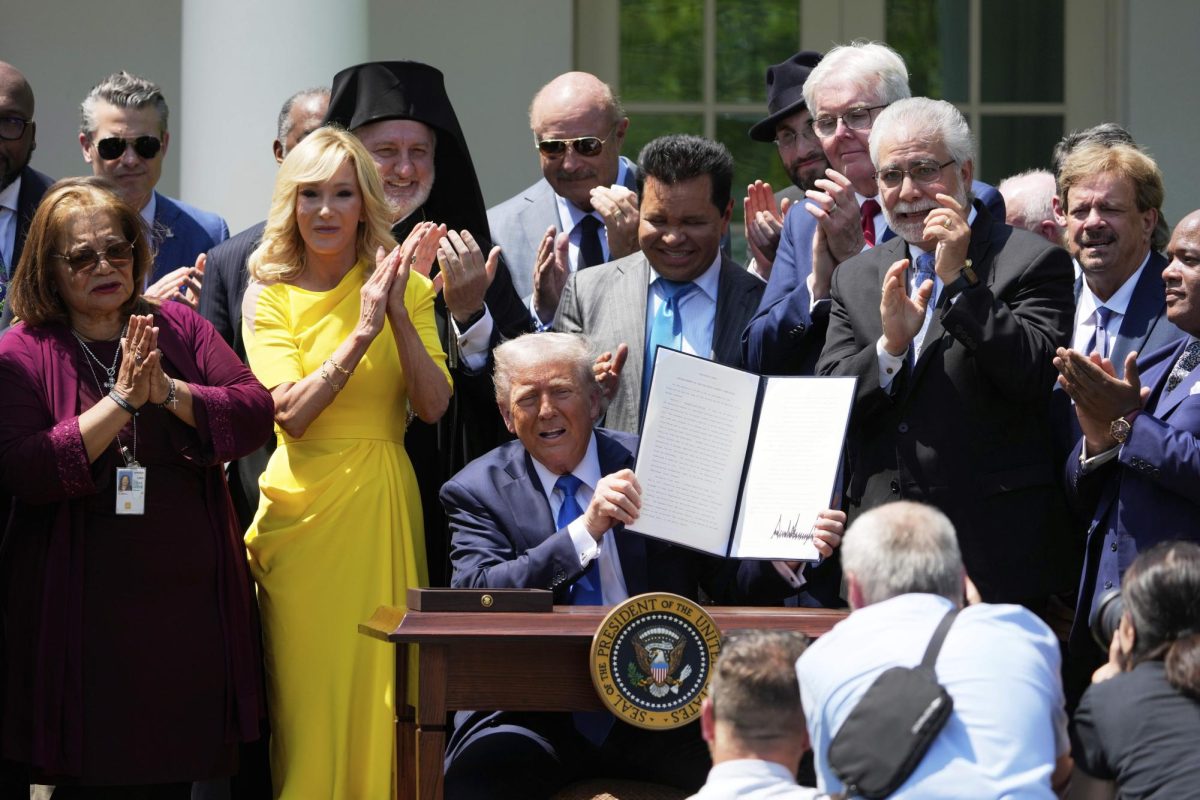Marriage Ceremonies Rooted in Sexism
March 19, 2021
Marriage is misogynistic.
A ceremony that should be a celebration of love and commitment is actually a tradition swamped in sexism.
The first recorded marriage ceremonies occurred in 2350 B.C., and although the ceremony has been modernized and updated many times in the last 4,370 years, its underlying misogyny is still apparent.
In the traditional marriage ceremony, the bride wears a long white dress, which represents goodness, innocence, purity and virginity. The bride also covers her head in a white veil that represents modesty and obedience. Of course the bride dresses head to toe in a symbol of virginity and societal perfection, and the groom wears a tux with no underlying symbolism.
Another symbolic tradition is the father of the bride walking her down the aisle to her groom. This is commonly referred to as the father “giving her away.” That sounds a little like the father and husband are making a business transaction. I would rather not feel as though I am being traded like a Pokémon card, but that’s just me.
And the man-to-man trading doesn’t stop there. Once the bride is married, she trades her father’s last name for her husband’s last name—meaning that every woman in history has not had her own full name. Her first name is her own, but her last name is a man’s.
This even affects the title before the woman’s name. An unmarried woman is Ms. A married woman is Mrs. But a man is always just Mr. A woman’s title is like a little tag letting all the eligible bachelors know that she does or doesn’t already belong to a man, and a man’s title is consistent throughout his life because he doesn’t belong to anyone.
The sexist traditions start at the engagement and continue into the wedding reception.
The man is supposed to propose to the woman, not the other way around. There is literally not one reason the roles can’t be reversed. At the reception, the bride tosses her bouquet over her shoulder to all of the single women in attendance. The single woman who catches the bouquet is supposed to get married next. This portrays all single women as desperate for a man, when in reality some women choose to be single.
These details might seem insignificant, but what does that say about our society? We are blind to the deep-seated sexism in most traditions and customs, and unless that is addressed, we will continue to be ruled by outdated social constructs that treat women as perfect objects for men to trade.











